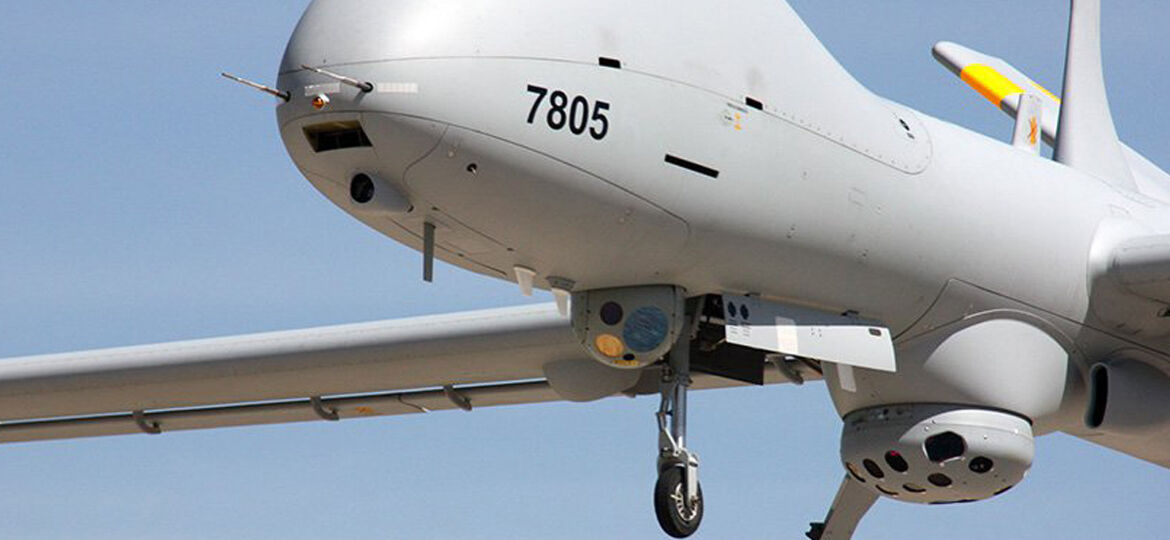
WHY THIS MATTERS IN BRIEF
In an age where threats can lurk anywhere authorities are calling out for new surveillance systems that can watch entire areas, or cities, in real time, and industry is answering them.
Yesterday at the Paris Airshow Elbit Systems, an Israeli defence company, demonstrated their new, breakthrough commercial avionics system called SkEye – a Wide Area Persistent Surveillance System (WAPS).
Persistent surveillance systems, such as WAMI, which was used during the Rio 2016 Olympic Games, and ones that I’ve mentioned before like those being trialled in Baltimore, or the new Planet satellite network “Constellation,” are exactly what they sound like – airborne systems, armed with batteries of cameras and intelligent software, that can monitor everyone, and everything, whether it’s in a battle, or in a city, or every corner of Earth 24/7/365.
In fact, they’re getting so good that many experts in the field now describe them as “Google Earth with TiVo capability.” In SkEye’s case the platform stitches together thousands of real time images to create a billion pixel coverage of an 80 square kilometre area. Putting that into perspective just thirteen of these systems, linked, could monitor and track everything happening in Los Angeles in real time.
The SkEye system can be installed in light manned aircraft and large Unmanned Aircraft Systems (UAS) and has already been operated for several years by the military of at least two countries.
SkEye persistently observes and records a much wider area than conventional UAS carried Visual Intelligence (VISINT) systems, and like the other systems on the market, the system’s users can also choose real-time or “back in time” video footage anywhere within the covered area, and ten different areas can be analysed in depth by different users simultaneously.
The system is made up of several ultra long range, day and night, multi-spectral Electro Optic (EO) ISTAR sensor, image processing and data storage units, which continuously send data to the ground based SkEye Control and Management Center, and it can also be configured to flag specific events using a customised alert system.
And yes, you are right, this does give new meaning to an eye in the sky, and when it’s combined with other new emerging technologies you might want to stop, pause and think about what all this means for the future of your personal privacy…
















[…] Source link […]